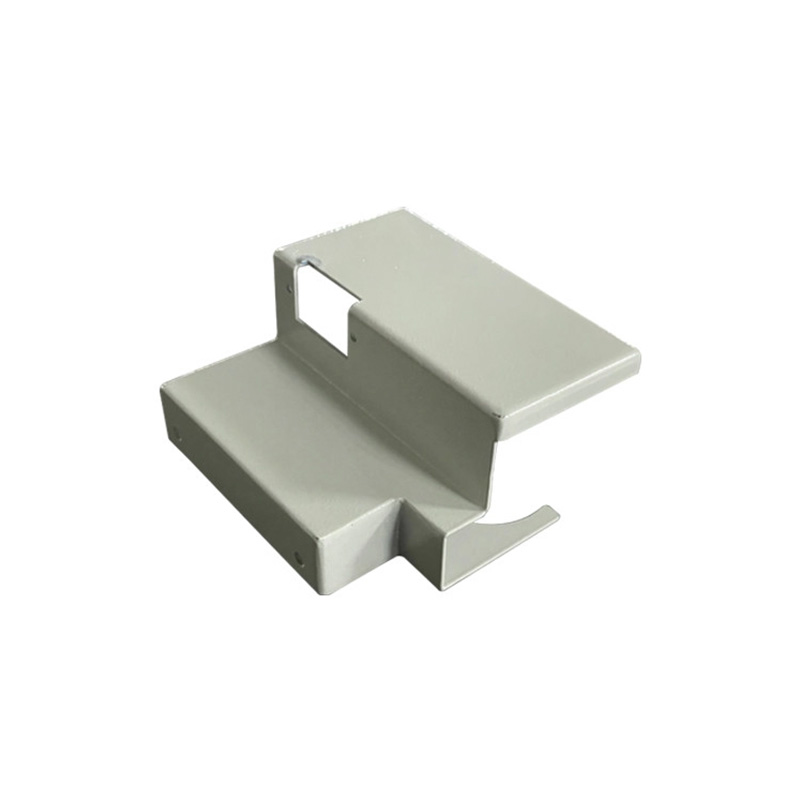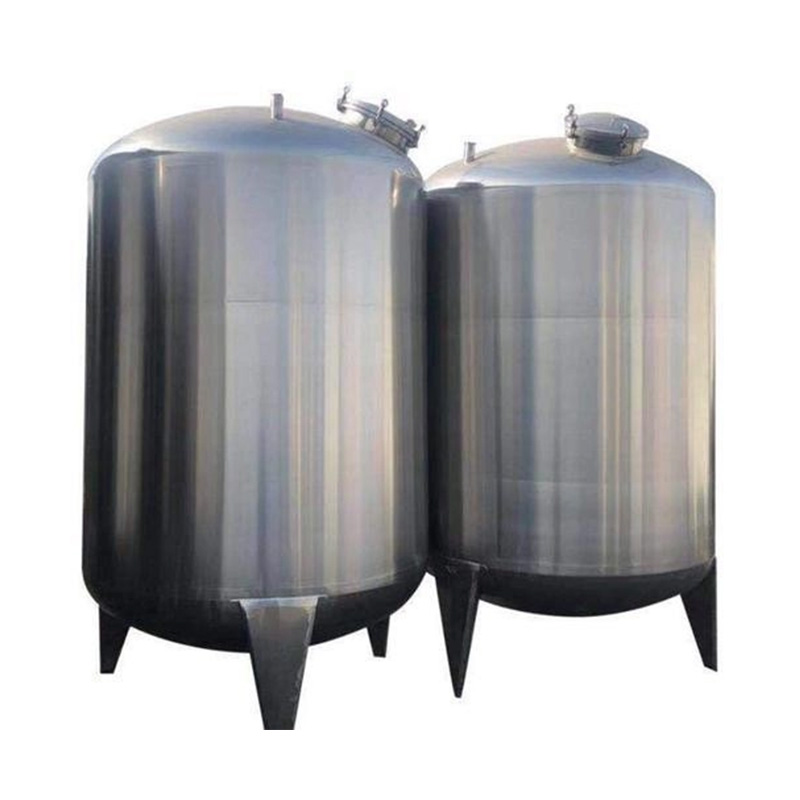Error 1: Material Warping During Machining
Problem: Heat buildup distorts thin sheets, ruining dimensional accuracy.
Solution: Use climb milling and optimized coolant flow. Maintain 20-30°C coolant temperature.
Case Study: Aerospace supplier reduced warpage by 78% using pulsed coolant jets (ASM International, 2024).
Error 2: Tool Breakage in Hard Metals
Problem: Premature tool failure when cutting titanium or hardened steel.
Solution: Adaptive toolpaths reduce stress. Fun fact: Carbide tools last 3x longer with micro-lubrication.
Data Point: 42% of tool failures stem from incorrect feed rates (Modern Machine Shop Report).
Traditional vs CNC Fabrication: Key Differences
| Factor | Traditional | CNC Metal Fabrication |
|---|---|---|
| Tolerance | ±0.5mm | ±0.025mm |
| Setup Time | 2-4 hours | 15-30 minutes |
| Complex Shapes | Limited | High capability |
5-Step Precision Setup Protocol
- Verify material certs (ASTM standards)
- Calibrate machine zero-point with laser
- Dry-run program at 50% speed
- Check first-off part with CMM
- Document parameters for traceability
Error 3: Inconsistent Surface Finishes
Problem: Visible tool marks or uneven textures.
Solution: Implement step-down finishing passes. Our 2025 automotive project proved diamond-coated tools enhance Ra values by 60%.
Pro tip: Reduce feed rate by 40% on final passes.
Error 4: Programming Coordinate Flaws
Problem: G-code errors causing collisions.
Solution: Use simulation software like Mastercam. CNC metal fabrication experts catch 95% of errors pre-production.
Post-Processing Checklist
- ✅ Deburr all edges (0.1mm max radius)
- ✅ Verify hole alignments with pin gauges
- ✅ Conduct salt-spray test for coatings
- ✅ Measure thermal distortion after cooling
FAQ: CNC Metal Fabrication Explained
Q: How accurate is CNC metal fabrication?
A: Modern CNC machines achieve ±0.025mm tolerances – thinner than a human hair!
Q: Which metals work best with CNC?
A: Aluminum, stainless steel, and brass are top choices for precision machining.
Q: Can CNC handle low-volume orders?
A: Absolutely! Many shops specialize in prototyping and small-batch production.
By mastering these solutions, you’ll transform frustrating errors into opportunities for efficiency. Remember: Precision starts with preparation. Now go make something amazing!







